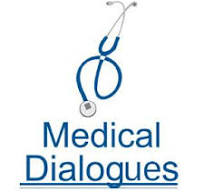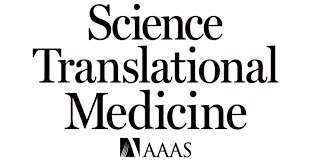Airborne bacteria pose hidden threat in cardiac ORs, study warns

Editor's Note Air quality in cardiac ORs may be a silent driver of surgical site infections (SSIs), with airborne contamination linked to significantly elevated infection risk and mortality—especially when ventilation is suboptimal. A newly published study covered by Medical Dialogues May 19 reveals that one-third of bacteria in cardiac procedures…
New AHRQ toolkit empowers OR teams to cut MRSA, SSI risk

Editor's Note An actionable, evidence-based toolkit from the Agency for Healthcare Research and Quality (AHRQ), released in April 2025, aims to help curb the risk of methicillin-resistant Staphylococcus aureus (MRSA) and surgical site infections (SSIs), especially in high-risk orthopedic and cardiac procedures. As detailed in the AHRQ website, the “Toolkit…
Study shows WHO surgical checklist boosts safety, but compliance gaps risk patient outcomes

Editor’s Note Tertiary hospitals are embracing the World Health Organization (WHO) Surgical Safety Checklist (SSC), yet inconsistent compliance—especially during time-out—exposes patients to avoidable risks, Cureus April 29 reports. In this study, the researchers found that while overall integration of the SSC is promising, there were compliance gaps particularly in pre-incision…
Study reveals how OR ventilation, patient positioning impact surgical site infection risk

Editor's Note Optimizing patient positioning can help reduce the risk of surgical site infections due to airborne contaminants in positive-pressure ORs, according to a study published August 12 in Nature: Scientific Reports. Maintaining higher pressure than adjacent spaces prevents entry of contaminants from environments external to the OR. For this…
Povidone iodine noninferior to chlorhexidine gluconate for preoperative skin antisepsis

Editor's Note Amid continued debate about the best choice of preoperative skin antiseptic, findings published in JAMA June 17 show that povidone iodine in alcohol offers similar outcomes to chlorhexidine gluconate when used in alcohol. The randomized clinical trial included 3,360 patients in 3 tertiary care hospitals in Switzerland, 2,187…
Antiseptic nasal decolonization noses ahead

Over 20 years ago, an article from Johns Hopkins published in The New England Journal of Medicine showed that Staphylococcus aureus decolonization of the nares can decrease risk of surgical site infections (SSI). Since then, nasal decolonization—the application of a topical antimicrobial or antiseptic agent to the nares—has been adopted…
Surgical site infections often caused by preexisting bacteria

Editor's Note Most healthcare-associated surgical site infections are not caused by pathogens acquired in the hospital, but by previously harmless bacteria already present on patients’ skin prior to being admitted, according to a study published April 10 in Science Translational Medicine. Surgical site infections account for the highest annual costs…
Study makes case against preoperative urine culture for most surgical procedures

Editor's Note Findings published March 4 in Jama Network show that preoperative urine culture is a low-value intervention for most surgical patients and should be de-implemented. Despite guidelines to the contrary from Infectious Diseases Society of America and the American College of Physicians, preoperative urine testing and antibiotic treatment persists…
ASA: New research on epidural anesthesia in the OR, reducing SSIs, decreasing overinflation of breathing tubes
Editor's Note On July 14 and 15, the American Society of Anesthesiologists (ASA) hosted a virtual event, the Anesthesia Quality and Patient Safety Meeting, which brought to light new research on when to administer epidural anesthesia in the OR, an anesthesiologist-led infection prevention program reducing rates of surgical site infections…
SSIs in children having nonemergent surgical procedures
Editor's Note This study, led by researchers at Boston Children’s Hospital and the American College of Surgeons, finds that a small number of surgical procedures account for a disproportionate number of surgical site infections (SSIs) in elective pediatric surgery. This multicenter analysis included SSI data from 90 hospitals and 11,689…

 Free Daily News
Free Daily News